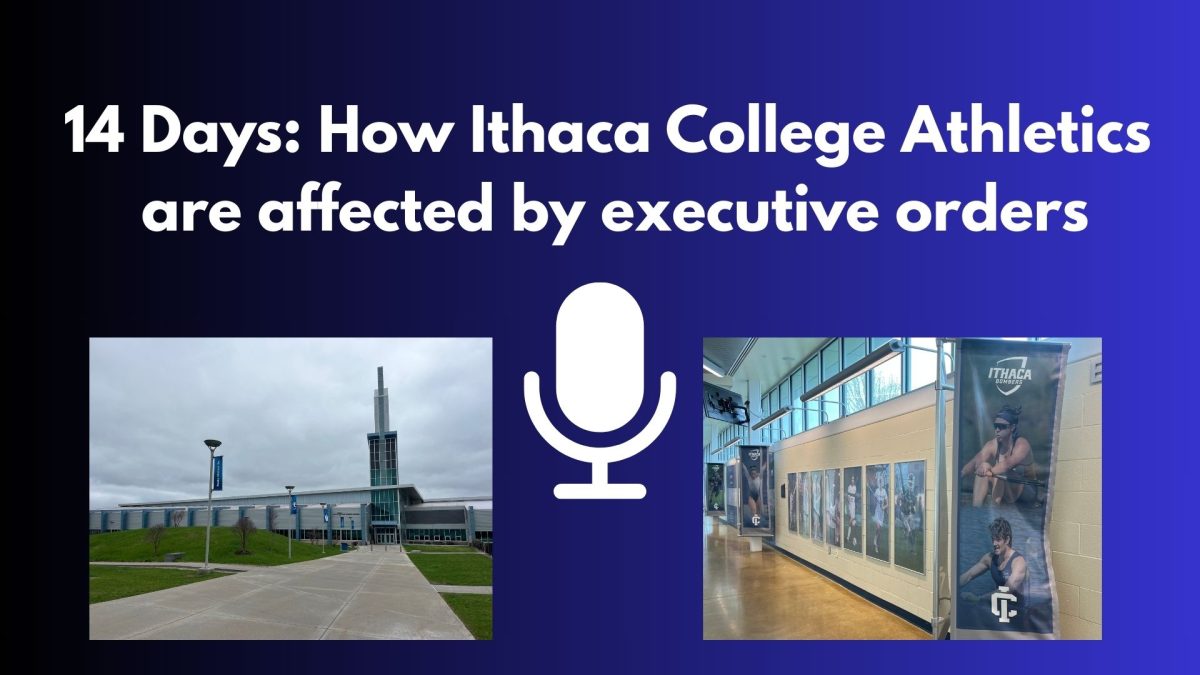Rob Scott knows a different sort of student body than most. One that, even just a few miles away, is so easily forgotten. But these few miles allude to no college residence hall. Scott speaks not of Ithaca’s teeming student population, or the surrounding community colleges. Instead, Scott speaks of Auburn Correctional Facility. Of Cayuga Correctional Facility.
Scott’s student body is one that is incarcerated, and as the Executive Director of the Cornell Prison Education Program (CPEP), he has worked with Cornell University students and faculty to bring college-level academics to Central New York’s prison population, a program that has formally existed for the last 7 years.
“They’re still in society,” Scott said. “In fact they’re still a few miles from here, and they’re coming home. They’re going to get out of there at some point.”
Now, the program is poised to expand after receiving a $1 million grant from the Andrew W. Mellon foundation, a New York-based foundation that has, since its establishment in 1969, issued over 2,500 grants supporting endeavors in the arts and humanities. Their contribution to CPEP will provide the organization with the financial security to broaden its horizons, Scott said.
“The Grant from the Mellon foundation is going to transform the project,” Scott said. “It’ll probably double the scale of our project overall, so from two prison facilities, to four. It will likely double the number of students we have, at least, and will likely double the number of volunteers that we work with.”
Currently, CPEP operates in Auburn Correctional Facility and Cayuga Correctional Facility. Scott said he hopes to utilize the funds from the grant to expand to Five Points Correctional Facility in Romulus, New York, and Elmira Correctional Facility in Elmira, New York, by 2017. This educational addition to the prison environment is something that Tom Owens, associate professor of Plant Biology and faculty director of the program, said can drastically change prison life for the better.
“The ability to participate in the prison education program gives [students] an outlet to express themselves in a pretty much environment that’s free of sort of the normal constraints that are present in prisons, like gangs and things like that,” Owens said. “That pretty much disappears in the classroom. For them, it’s a really powerful motivation to learn and to keep their behavior good so they can stay in the program.”
The grant also allows for more volunteers — very often Cornell students — to participate as instructors and teaching assistants within the program. Jan Zeserson, instructor and member of the Advisory Board at CPEP said this experience is mutually educational for the students who volunteer with the program.
“Incarcerated people are invisible to most of us,” she said via email. “Most of us know them only as their crime. In a college classroom, inside the walls, teachers and incarcerated students meet as people, learning and studying together. And we have a lot to learn from each other. The learning goes both ways, no question about it.”
She said the experience often proves as formative for volunteers as it does students.
“The experience changes one’s perceptions of crime, criminals, punishment, justice,” Zeserson said. “Many undergrads that serve CPEP as teaching assistants go on to careers related to social justice. It’s inevitable.”
The Mellon grant comes at a pivotal moment for prison education in the United States. The Education Department and Justice Department announced in July the Second Chance Pell Pilot Program, which aims to reinstate Pell Grants — federally funded financial aid for students that do not need to repay — for prisoners, something that had been impossible since the Higher Education Act of 1995. However, with this pilot program still in its relative infancy, Scott said grants from private institutions prove vital for programs like CPEP.
“Until [federal funding is] there, if it’s not from financial contributors from the private sector, such as the Mellon foundation or other foundations that have supported college and prison programs, there wouldn’t be much to speak of,” Scott said.
With the program’s horizons quickly broadening, it would seem the next few years will be busy ones for CPEP. Nonetheless, Zeserson said CPEP is, through the education it offers, paving the way for folks striving for reintegration after incarceration.
“Most incarcerated people in NYS will be released,” she said. “They will be our neighbors. The discipline and intellectual exercise it takes to succeed in college courses while incarcerated help prepare our students to return more capable of succeeding in society.”













